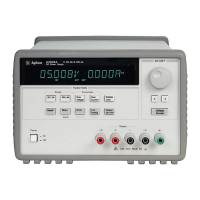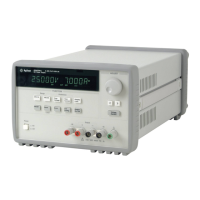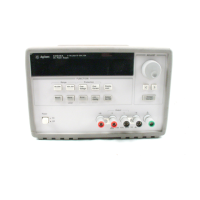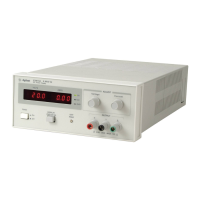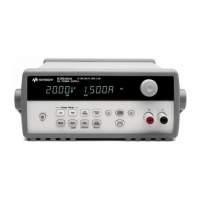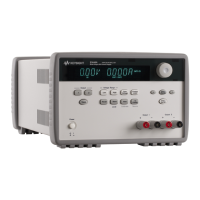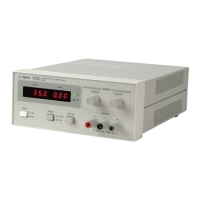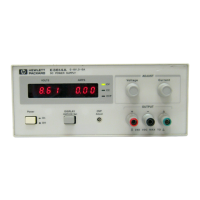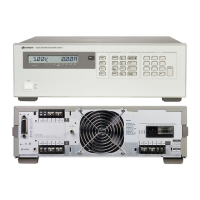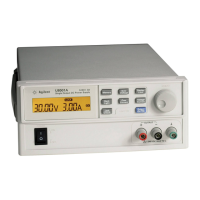Chapter 4 Remote Interface Reference
An Introduction to the SCPI Language
106
Command Separators
A colon ( : ) is used to separate a command keyword from a lower-level keyword as
shown below:
"SOURce:CURRent:TRIGgered"
A semicolon ( ; ) is used to separate two commands within the same subsystem, and
can also minimize typing. For example, sending the following command string:
"SOUR:VOLT MIN;CURR MAX"
... is the same as sending the following two commands:
"SOUR:VOLT MIN"
"SOUR:CURR MAX"
Use a colon and a semicolon to link commands from different subsystems. For
example, in the following command string, an error is generated if you do not use the
colon and semicolon:
"INST P6V;:SOUR:CURR MIN"
Using the MIN and MAX parameters
You can substitute MINimum or MAXimum in place of a parameter for many
commands. For example, consider the following command:
CURRent {
<current>|MIN|MAX}
Instead of selecting a specific current, you can substitute MINimum to set the current
to its minimum value or MAXimum to set the current to its maximum value.
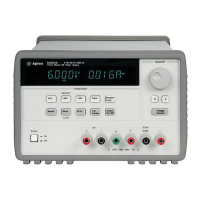
